Related Research Articles
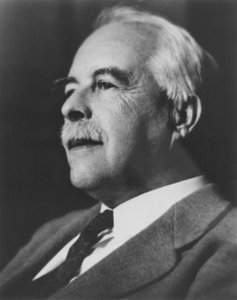
Gilbert Newton Lewis was an American physical chemist and a dean of the college of chemistry at University of California, Berkeley. Lewis was best known for his discovery of the covalent bond and his concept of electron pairs; his Lewis dot structures and other contributions to valence bond theory have shaped modern theories of chemical bonding. Lewis successfully contributed to chemical thermodynamics, photochemistry, and isotope separation, and is also known for his concept of acids and bases. Lewis also researched on relativity and quantum physics, and in 1926 he coined the term "photon" for the smallest unit of radiant energy.

Paul Adrien Maurice Dirac was an English mathematical and theoretical physicist who is considered to be one of the founders of quantum mechanics. Dirac laid the foundations for both quantum electrodynamics and quantum field theory. He was the Lucasian Professor of Mathematics at the University of Cambridge, a professor of physics at Florida State University and a 1933 Nobel Prize in Physics recipient.

Lev Davidovich Landau was a Soviet physicist who made fundamental contributions to many areas of theoretical physics. He was considered as one of the last scientists who were universally well-versed and made seminal contributions to all branches of physics. He is credited with laying the foundations of twentieth century condensed matter physics, and is also considered arguably the greatest Soviet theoretical physicist of the twentieth century.
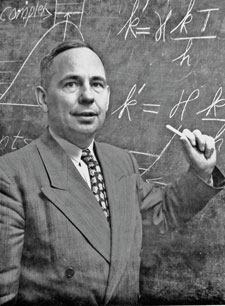
Henry Eyring was a Mexico-born United States theoretical chemist whose primary contribution was in the study of chemical reaction rates and intermediates. Eyring developed the Absolute Rate Theory or Transition state theory of chemical reactions, connecting the fields of chemistry and physics through atomic theory, quantum theory, and statistical mechanics.

Frits Zernike was a Dutch physicist and winner of the Nobel Prize in Physics in 1953 for his invention of the phase-contrast microscope.

John Clarke Slater was an American physicist who advanced the theory of the electronic structure of atoms, molecules and solids. He also made major contributions to microwave electronics. He received a B.S. in physics from the University of Rochester in 1920 and a Ph.D. in physics from Harvard in 1923, then did post-doctoral work at the universities of Cambridge (briefly) and Copenhagen. On his return to the U.S. he joined the physics department at Harvard.

Leopold Infeld was a Polish physicist who worked mainly in Poland and Canada (1938–1950). He was a Rockefeller fellow at Cambridge University (1933–1934) and a member of the Polish Academy of Sciences.

Egon Orowan FRS was a Hungarian-British physicist and metallurgist. He was key in introducing crystal dislocation into physics and understanding of how materials plastically deform under stress. According to György Marx, he was one of The Martians, a group of Jews born in Pest between 1890 and 1910 who shaped the 20th century's technology after moving to the West.
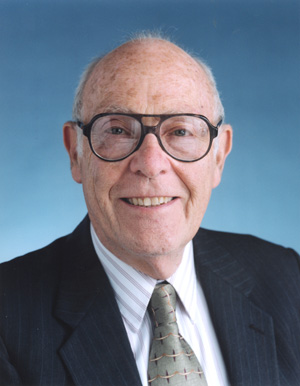
John Werner Cahn was an American scientist and recipient of the 1998 National Medal of Science. Born in Cologne, Weimar Germany, he was a professor in the department of metallurgy at the Massachusetts Institute of Technology (MIT) from 1964 to 1978. From 1977, he held a position at the National Institute of Standards and Technology. Cahn had a profound influence on the course of materials research during his career. One of the foremost authorities on thermodynamics, Cahn applied the basic laws of thermodynamics to describe and predict a wide range of physical phenomena.

Giorgio Parisi is an Italian theoretical physicist, whose research has focused on quantum field theory, statistical mechanics and complex systems. His best known contributions are the QCD evolution equations for parton densities, obtained with Guido Altarelli, known as the Altarelli–Parisi or DGLAP equations, the exact solution of the Sherrington–Kirkpatrick model of spin glasses, the Kardar–Parisi–Zhang equation describing dynamic scaling of growing interfaces, and the study of whirling flocks of birds. He was awarded the 2021 Nobel Prize in Physics jointly with Klaus Hasselmann and Syukuro Manabe for groundbreaking contributions to theory of complex systems, in particular "for the discovery of the interplay of disorder and fluctuations in physical systems from atomic to planetary scales".

The Avrami equation describes how solids transform from one phase to another at constant temperature. It can specifically describe the kinetics of crystallisation, can be applied generally to other changes of phase in materials, like chemical reaction rates, and can even be meaningful in analyses of ecological systems.
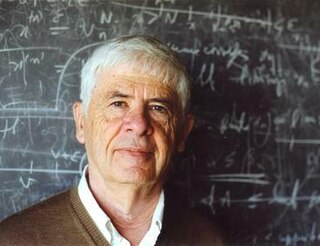
Alexandre Joel Chorin is an American mathematician known for his contributions to computational fluid mechanics, turbulence, and computational statistical mechanics.

Albert Sauveur was a Belgian-born American metallurgist. He founded the first metallographic laboratory in a university.

Alexander Yakovlevich Lerner was a scientist and Soviet refusenik.
Robert Alan Huggins is Professor Emeritus at the Department of Materials Science and Engineering at the School of Engineering at Stanford University and Honorary Professor at the University of Kiel and the University of Ulm. He was previously Chief Scientist at the Center for Solar Energy and Hydrogen Research in Ulm. The International Society for Solid State Ionics (ISSI) held a symposium in his honor in 2009, in recognition of his work on fundamental properties and behavior of materials, solid state ionic probing techniques, catalytic behavior at gas–solid interfaces, and the development of electrodes for Lithium Ion batteries.
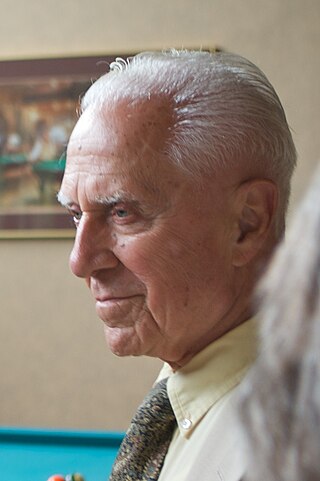
Richard A. Oriani was an El Salvador-born American chemical engineer and metallurgist who was instrumental in the study of the effects of hydrogen in metal. He also made significant contributions to the field of cold fusion.

Sir Harshad"Harry"Kumar Dharamshi Hansraj Bhadeshia is an Indian-British metallurgist and Emeritus Tata Steel Professor of Metallurgy at the University of Cambridge. In 2022 he joined Queen Mary University of London as Professor of Metallurgy.
Lu Jeu Sham is an American physicist. He is best known for his work with Walter Kohn on the Kohn–Sham equations.
Jean-Baptiste Leblond is a French materials scientist, member of the Mechanical Modelling Laboratory of the Pierre-et-Marie-Curie University (MISES) and professor at the same university.
Avrami is a surname derived from the given name Abraham. Notable people with this surname or patronymic include:
References
- ↑ Brian Cantor (2020). The Equations of Materials. OUP Oxford. pp. 182–4. ISBN 978-0-19-259291-0.
- ↑ "Mael A. Melvin". John Simon Guggenheim Memorial Foundation . Retrieved 5 March 2021.
- ↑ "Mael Melvin". Fulbright Program . Retrieved 5 March 2021.
- ↑ "Obituary Mael Melvin". McDermott-Crockett & Associates Mortuary. Retrieved 5 March 2021.